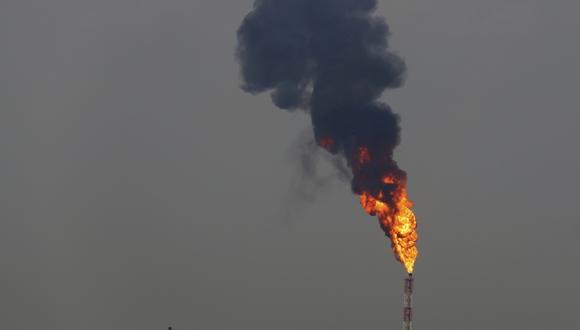The Relationship Between Environmental Policy and the Uses Of PRTR by the Industrial Sector in Canada and Australia
Student: Efrat Katz
Advisors: Dr. Avi Gottlieb and Dr. Dorit Kerret
Student: Efrat Katz
Advisors: Dr. Avi Gottlieb and Dr. Dorit Kerret
A major characteristic of the environmental policy over the last two decades is the use of innovative policy tools based upon the involvement of additional players, except for the nation-state, in the process of policy making and implementation. Nowadays, cooperation between the different sectors i.e. industry, transparency and self regulation, became major and significant tools in defining the environmental policy. These tools, generally known as reflexive. The research explores whether reflexive environmental tools replace conventional mandatory measures? If not – Which is the ultimate combination of mandatory and reflexive tools for improving environmental performances and achieving policy aims?
This research examining Pollutant Release and Transfer Registers (PRTRs) – an information disclosure policy tool based on the principle of transparency denotes openness to the public scrutiny. The underlying premise is that non-governmental organizations, investors, the media and citizens will make use of this information to bear pressure on polluting industries to reduce their emissions.
The important findings and results found that the industrial sector utilize the PRTR mostly for internal purposes of improving environmental and business performance and much less for interaction with stakeholders (i.e.: legislators, communities, media, investors). These results are telling because they run counter to theory that the provision of PRTR information will spur on-going contact between facilities and non-governmental actors likely to push for further reductions in releases. A possible conclusion is that the role of the PRTR as a motivator for community lever direct action might be fairly low. Nevertheless, the PRTR do serves as an environmental management tool for industry. It was, also, found that companies operating under more "strict" or mandatory environmental policy use the PRTR more intensively than companies under 'reflexive' environmental policy. Moreover, cooperation and better relations between the industrial sector and the authorities serves only to a point, a widespread use of the PRTR. It may be concluded that reflexive or networking policy tools, should not replace conventional deterrent measures, instead, the national environmental enforcement capacities enhance the utilization of PRTR data (and in generalization – reflexive tools) by industry, and maybe other actors. A model of environmental governance, which combines both deterrent and cooperation between actors, seems to be most constructive for an extensive use of the PRTR. Finally, the research found no evidence that the environmental regulations and the cooperation between industry and the authorities correlate with industrial emissions. There are no differences in the assessments of respondents of change in industrial emissions regardless of their perception of the environmental regulation, Nevertheless, it was found that the more the company uses the PRTR for internal need, it reports a grater reduction in its emission, However, the model introduced in this research did not indicate direct relations between the environmental policy and the use of PRTR.
It is recommend that the intensive use of the PRTR for internal uses, as an emission management tool, should be reflected, in a higher quality assurances requirements, which increase its reliability. It may, also, conclude that the state will continue to play a central role in governance in general and in the environmental policy in particular, regardless of the emergence of reflexive, voluntary policy tools.




